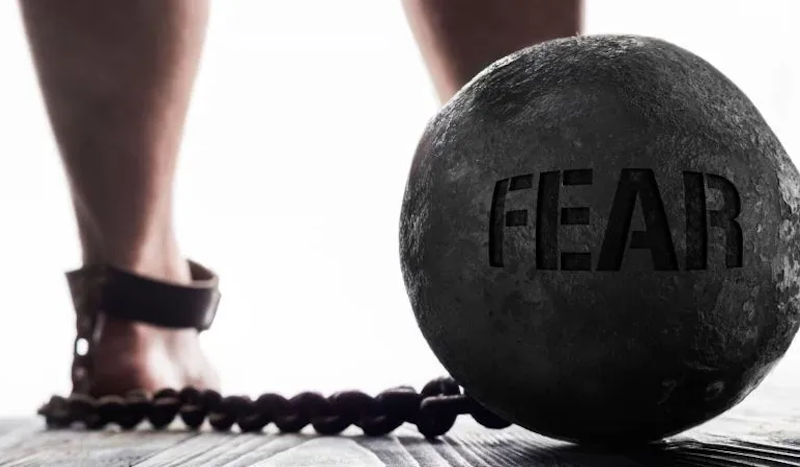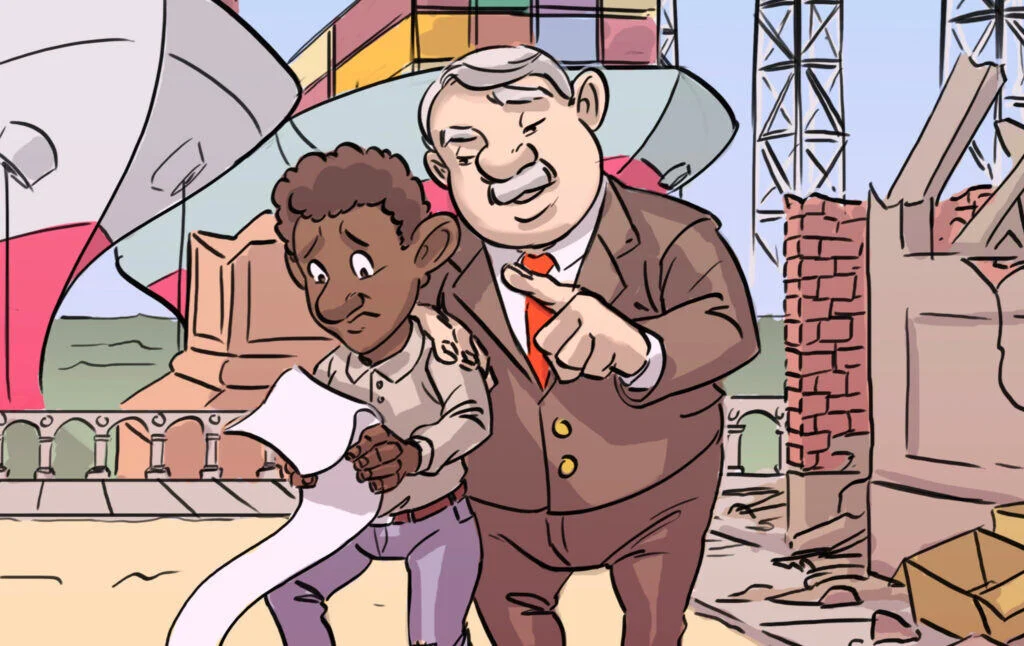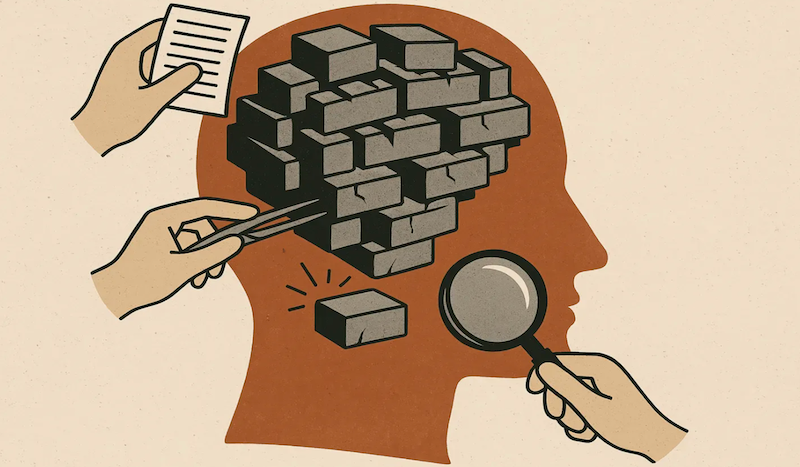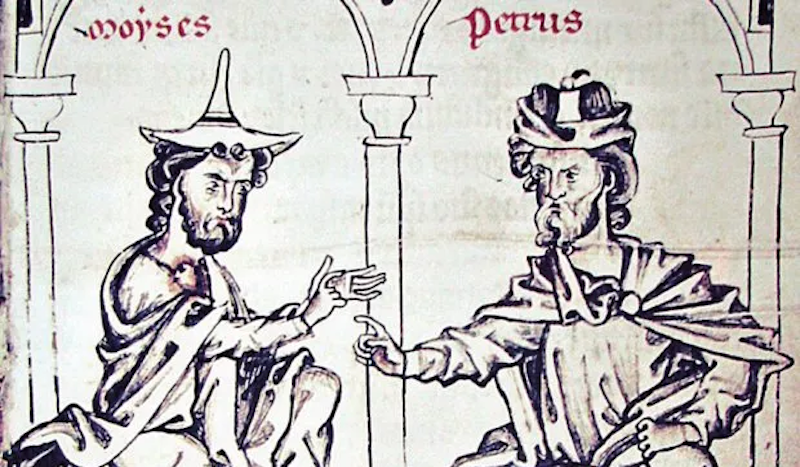L’évolution du front de la violence des islamistes militants au Sahel
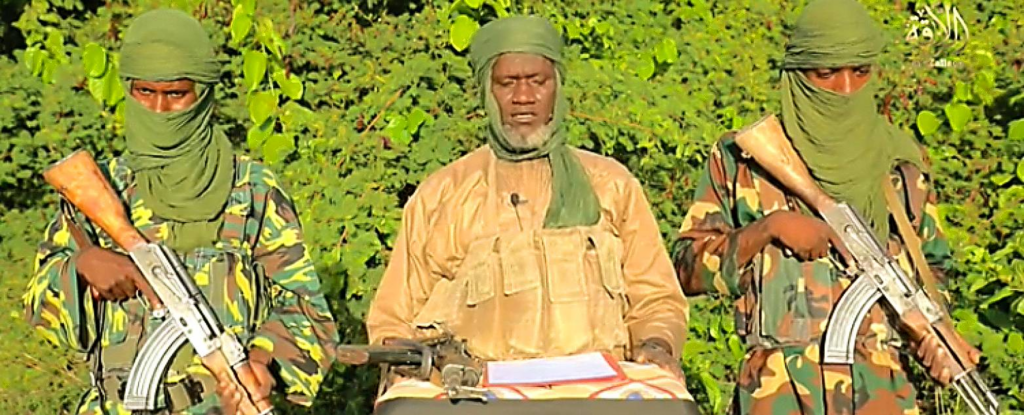
Le Sahel a été désigné comme le théâtre de la violence des islamistes militants le plus meurtrier en Afrique durant quatre années consécutives. 55 % de l’ensemble de ces morts ont eu lieux au Sahel, avec 10 400 sur un total de 18 900 morts à l’échelle du continent. On estime que 67 % de tous les non-combattants tués par des groupes islamistes militants en Afrique l’ont été au Sahel.


